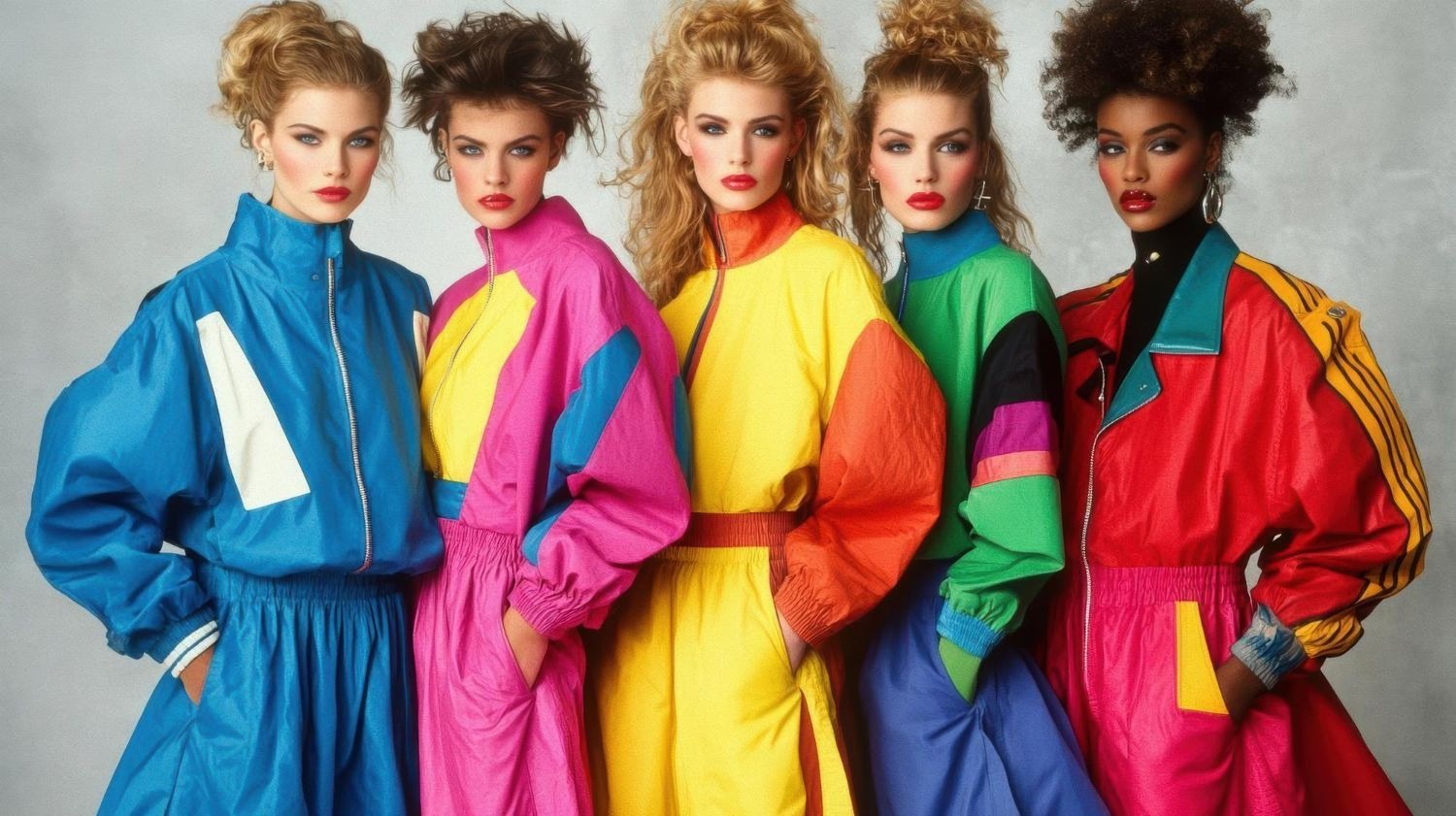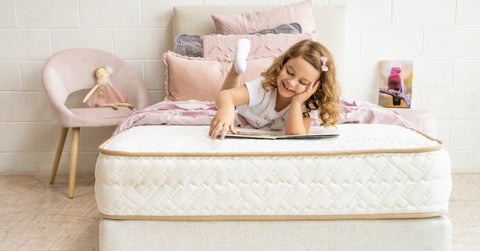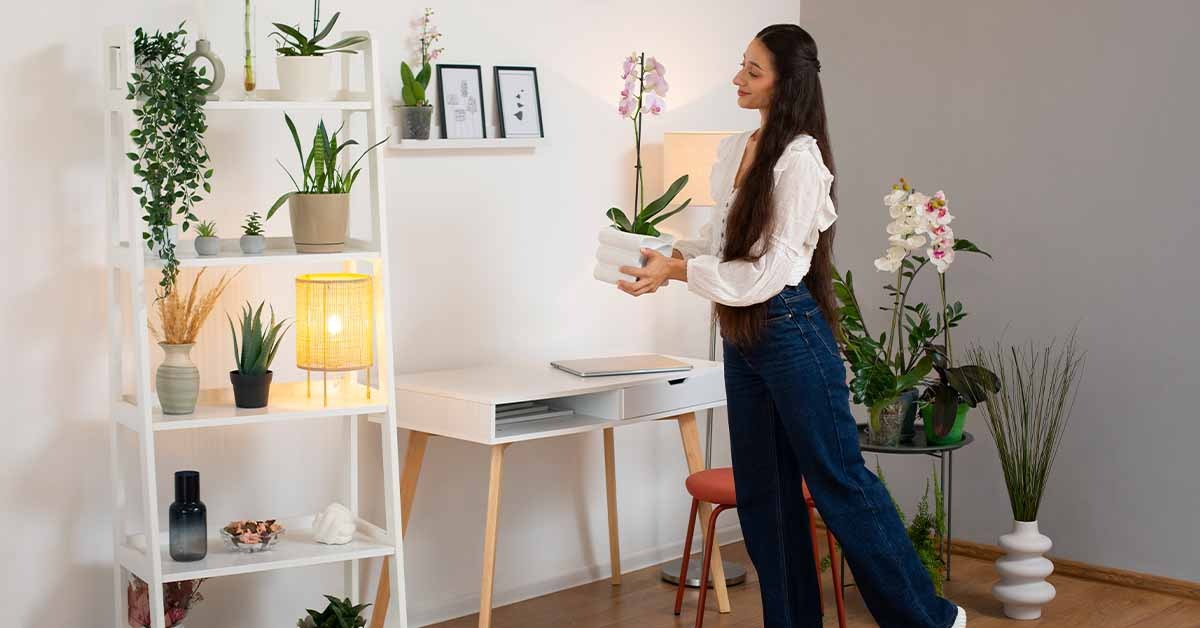Fashion
5 min read
Color Theory in Fashion: How to Master Color Combinations
November 04 , 2025
By Sharib

Color isn’t just a detail in fashion—it’s a language. The colors you wear can shift your mood, highlight your features, express your personality, and even influence how others perceive you. That’s where color theory comes in—a tool every fashion lover (and even the most casual dresser) can use to make smarter, more stylish wardrobe choices.In this blog, we’ll break down the basics of color theory, explore popular color pairings, and show you how to confidently mix and match hues to create effortlessly chic outfits.
The Basics: Understanding the Color Wheel
At the core of color theory is the color wheel. Originally developed by Isaac Newton, this circular diagram maps out how colors relate to each other.
Primary Colors
- Red
- Blue
- Yellow
These cannot be made by mixing other colors.
Secondary Colors
- Green (blue + yellow)
- Orange (red + yellow)
- Purple (blue + red)
Tertiary Colors
These are created by mixing a primary color with a neighboring secondary color, like red-orange or blue-green.
The wheel helps us understand how colors interact, allowing us to use color harmony to build visually appealing combinations in outfits.
The Psychology of Color in Fashion
Each color evokes specific emotions and associations. When choosing outfit colors, consider what mood you want to convey:
- Red: Bold, passionate, energetic
- Blue: Calm, trustworthy, serene
- Yellow: Cheerful, optimistic, creative
- Green: Fresh, grounded, balanced
- Purple: Luxurious, mysterious, artistic
- Black: Sophisticated, powerful, classic
- White: Clean, minimalist, pure
- Brown: Earthy, warm, dependable
Understanding color psychology helps you dress with intention—whether it’s for a first date, job interview, or casual coffee run.
Color Combinations That Always Work
Now that we know how colors behave, let’s explore combinations using principles from the color wheel.
1. Complementary Colors (Opposites Attract)
These are opposite on the color wheel—like red and green, blue and orange, or purple and yellow.
How to wear it: Pair complementary colors in balanced doses. A burnt orange blazer over a navy blue dress, or emerald green pants with a soft pink blouse, can create standout looks without clashing.
2. Analogous Colors (Side-by-Side Harmony)
These are neighbors on the color wheel, like blue, teal, and green.
How to wear it: Analogous palettes are soothing and easy to layer. Think a gradient of blues from sky to navy, or soft yellow with coral and peach for springtime charm.
3. Triadic Colors (Equally Spaced Boldness)
Triadic schemes involve three colors spaced evenly around the wheel—like red, yellow, and blue.
How to wear it: Use one color as the dominant tone, and the other two for accents. For example, a navy dress with red shoes and a yellow bag.
4. Monochromatic Looks (One Color, Many Tones)
This involves variations of one hue—light, medium, and dark.
How to wear it: Monochrome outfits are instantly chic. A beige blouse, tan trousers, and camel coat create dimension without needing contrast.
5. Neutrals with Pops of Color
When in doubt, stick to neutrals (black, white, gray, beige, navy) and add a single bold color.
How to wear it: A black jumpsuit with cobalt heels. A white button-down and jeans with a fire-engine red bag. These combos keep things grounded and punchy.
Tips for Mixing and Matching Color in Your Wardrobe
Here’s how to start applying color theory in your closet:
Start with Accessories
If color feels intimidating, introduce it with shoes, scarves, or bags.
Use a Hero Piece
Build your outfit around one colorful statement item—like a lime green blazer or magenta skirt—and keep the rest neutral.
Balance Warm and Cool Tones
Pair a warm tone (red, orange, yellow) with a cool tone (blue, green, purple) for unexpected harmony.
Consider Your Skin Tone
- Warm undertones: Try earthy shades like olive, rust, mustard.
- Cool undertones: Go for jewel tones like emerald, sapphire, and berry.
Use Prints as Inspiration
Floral, plaid, or abstract prints often contain built-in palettes you can match with solid colors in your wardrobe.
Real-Life Outfit Ideas by Color Strategy
- Complementary: Violet trousers + yellow heels + white blouse
- Analogous: Sky blue top + teal skirt + navy coat
- Triadic: Red sweater + yellow skirt + royal blue flats
- Monochrome: Cream blazer + ivory trousers + off-white tee
- Neutral with Pop: Black jumpsuit + neon green crossbody
Using Color to Shop Smarter
Color theory also helps you become a more mindful shopper. Before buying a bright item, ask:
- Can I pair this with 2–3 pieces I already own?
- Does this color flatter my skin tone?
- Will it add something fresh to my wardrobe, or is it a duplicate?
This keeps your closet cohesive, functional, and stylish.
Wear What Feels Good
Color theory in fashion isn’t about rules—it’s a toolkit. Once you understand how colors interact, you can break the “rules” with intention, not guesswork. Whether you want to turn heads or create a signature aesthetic, color is your most powerful style weapon.So go ahead—experiment, layer, clash, and coordinate. Because when you wear color with confidence, you don’t just look good—you feel unstoppable.
live smarter
Shop smarter, live better, and stay ahead of the trends with our reliable recommendations!
trending
Fashion
6 min read
5 Pro Tips to Style Handbags
Fashion
7 min read
How to Apply Makeup Beautifully and Effortlessly
Fashion
6 min read
The Rise of Slow Fashion: Why Less Really Is More
Fashion
4 min read
How Do You Style One Outfit in Three Different Ways?
Fashion
5 min read






